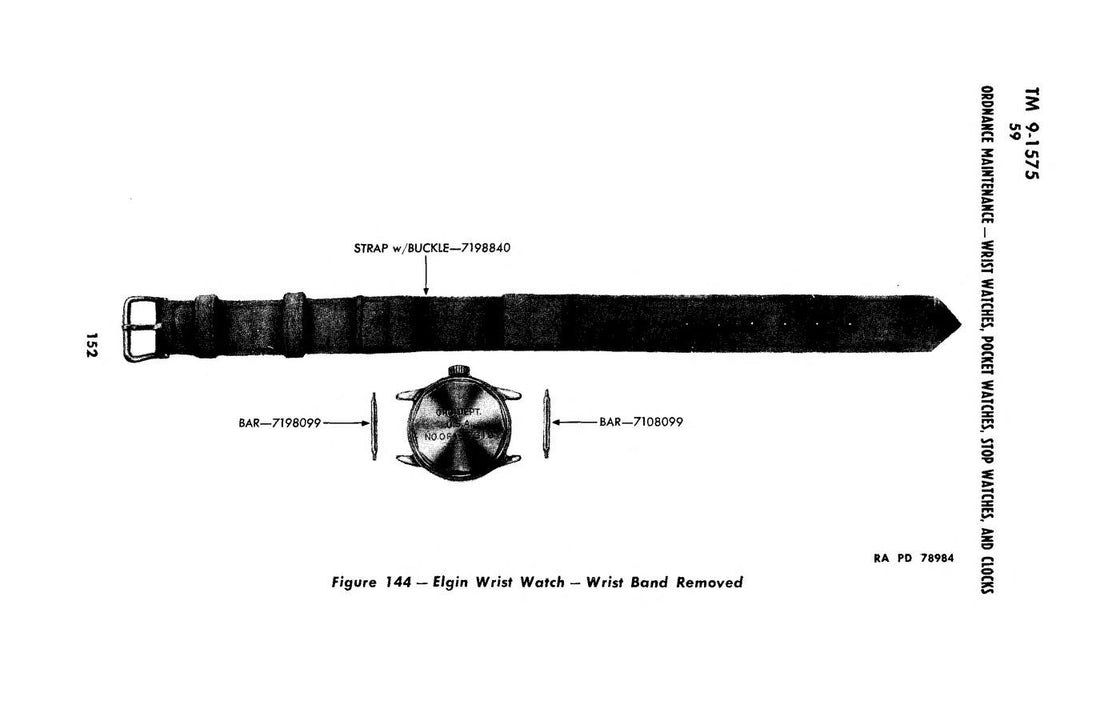
Strapping on History: The Rise of NATO Watch Straps
Share

The NATO watch strap got its start in 1973 when the British Ministry of Defence introduced it as standard issue for soldiers. Officially called the G10 strap, named after the form soldiers filled out to request one, it was designed for practicality. Made of durable nylon with a simple stainless steel buckle and keepers, the strap threaded under the watch and both spring bars so if one bar broke during combat or training, the watch wouldn’t fall off. It was a cheap, tough solution for guys in the field who needed gear that just worked. Over time, NATO straps started popping up outside of the military. Collectors and everyday wearers liked how easy they were to swap out, how well they held up, and the bit of vintage military style they added to a watch. Brands began making their own versions, often with nicer materials or extra colors, but the basic idea stayed the same. You didn’t need special tools or a lot of cash. Just loop it through and go. These days, NATO straps are everywhere from budget watches to luxury brands like Omega or Tudor that sell them alongside expensive timepieces. They’ve gone from utilitarian to iconic thanks to a mix of rugged charm and honest functionality. Whether you’re wearing one for fashion or because you actually like the feel, you’re strapping on a little piece of military history.




